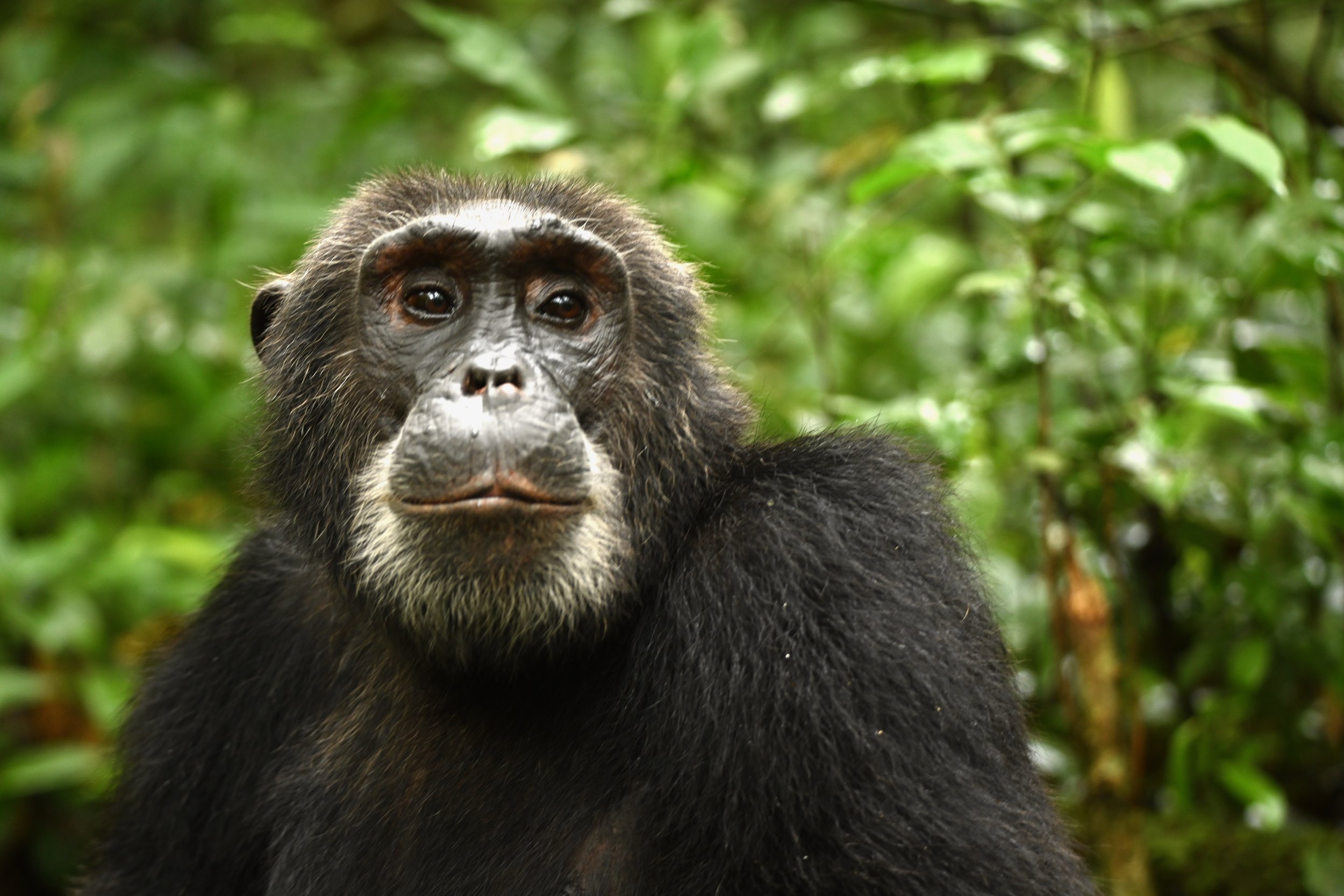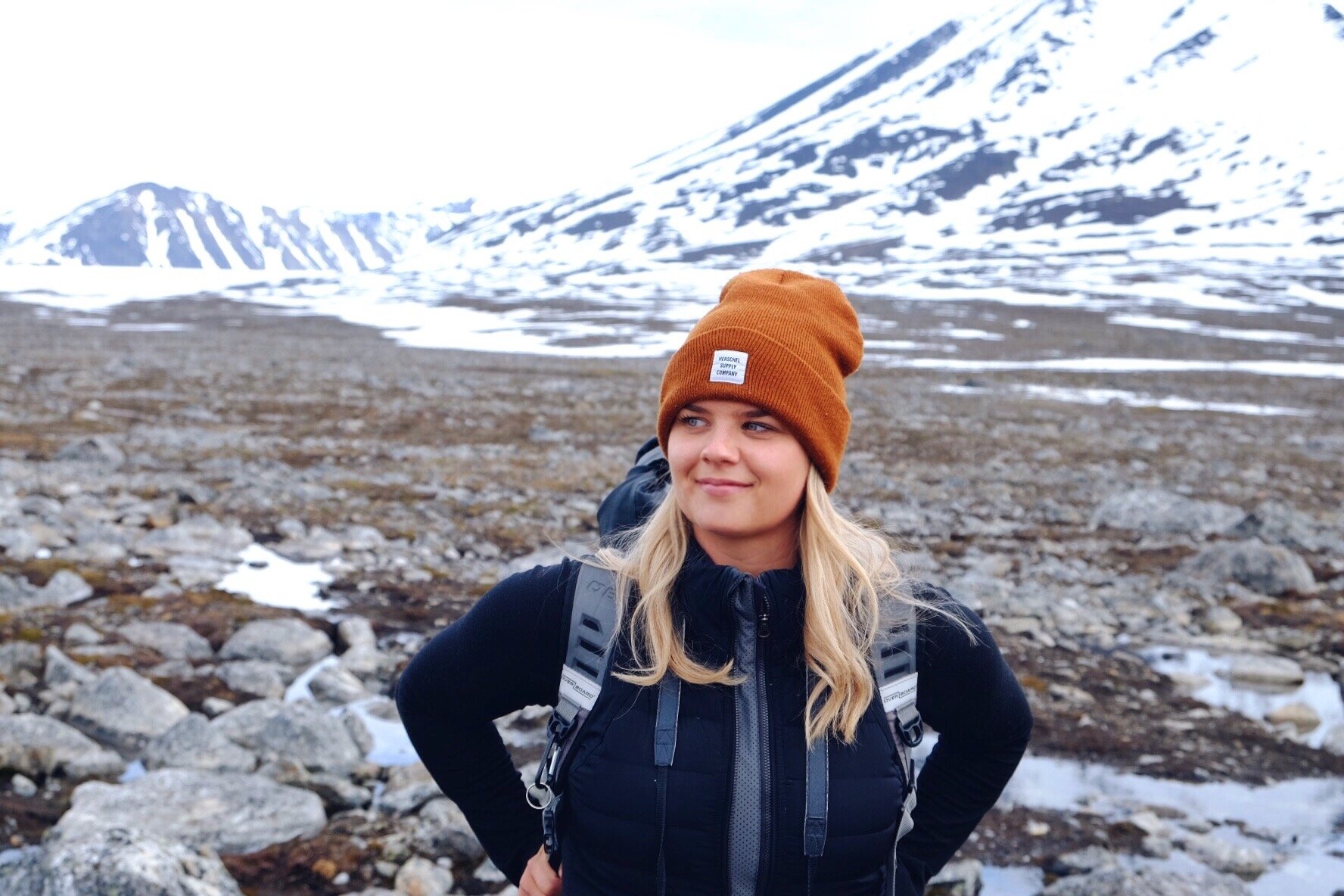It’s so nice to meet you.
I’m Alicia-Rae, a Canadian travel journalist, writer, editor, content strategist, and photographer based in Kigali, Rwanda and Vancouver, British Columbia
I’m a storyteller at heart, whether I’m capturing the essence of a destination through editorial, shaping a brand’s voice, crafting compelling copy that resonates, or narrating through my lens. If you need a travel journalist to bring a place to life, an editor to oversee a magazine or project, or a copywriter to create sharp product descriptions, witty social content, or engaging email campaigns—I’ve got you.
While long-form narrative is my passion, I also love coaching writers on brand voice, developing editorial and content strategies, and crafting SEO-driven copy that boosts visibility.
Let’s create something impactful together.
My Services
As a travel editorial specialist, I craft compelling content that brings destinations to life. I spent four years as editor-in-chief of a branded luxury travel magazine where I oversaw three issues from concept to print, many years managing and specializing in editorial content for lululemon, and extensive experience writing for different magazines, newspapers, blogs, and hospitality brands. I create engaging long- and short-form travel pieces. Storytelling is my passion, and I deliver editorial that captivates, informs, and inspires.
Travel Editorial Content
I craft goal-driven content strategies that align with your brand voice, audience, and business objectives. With years of experience managing social media, email marketing, editorial, blogs, websites and PR strategies, I develop tailored, comprehensive content roadmaps that enhance visibility and impact. With a deep understanding of brand positioning, every piece serves a purpose—driving engagement, brand growth, and results.
Content + Editorial Strategy
With a strong background in travel, fashion, health and wellness, and lifestyle, I craft compelling copy that connects brands with their audience. From brand messaging, style guides, media kits, web content, product descriptions, and campaigns, I help businesses refine their voice and drive engagement. I’ve worked with renowned brands, delivering copy that informs, inspires, and converts.
Copywriting + Editing
Publications I Write For
Opoyastin: Wolves of the Big Wind | Canadian Geographic
The Best Places to Go in Africa in 2024 (Rwanda) | Condé Nast Traveler
Volcanoes Kibale Lodge | Extraordinary Moments
Akagera National Park: Home of Resilient Giants | Extraordinary Moments
Where to See Gorillas in Africa | Extraordinary Moments
7 Great Destinations for Sustainable Travel | Verge Magazine
“Alicia-Rae is a joy to work with. She takes action and produces the most quality and inspirational writing. She has a clear understanding of the digital world, writes beautifully and tells the stories that you want to read.”
—Melanie McKechnie, Marketing, lululemon, Later
Copywriting Clients
“I had the pleasure of working with Alicia-Rae as a part of the in-house creative team at Vega. Her positive attitude and her free-spirit personality brought a unique perspective to every project that we worked together as a copywriter/designer duo. She's a skilled creative mind and a great team player.”
—Daniela Meneses Guerrero, Senior Designer, Vega
“Working with Alicia-Rae was an absolute pleasure. During a busy time of growth in the organization, she managed to balance a heavy workload while creating inspirational and innovative content. She built strong relationships within the organization, and her bubbly personality made her easy and fun to work with. I wouldn't hesitate to recommend Alicia.”
—Tina Rogers, Manager, lululemon
Join My Adventures
Let’s work together.
Interested in working together? Fill out some info here and I will be in touch shortly. I can’t wait to hear from you and bring your ideas and stories to life.





















































